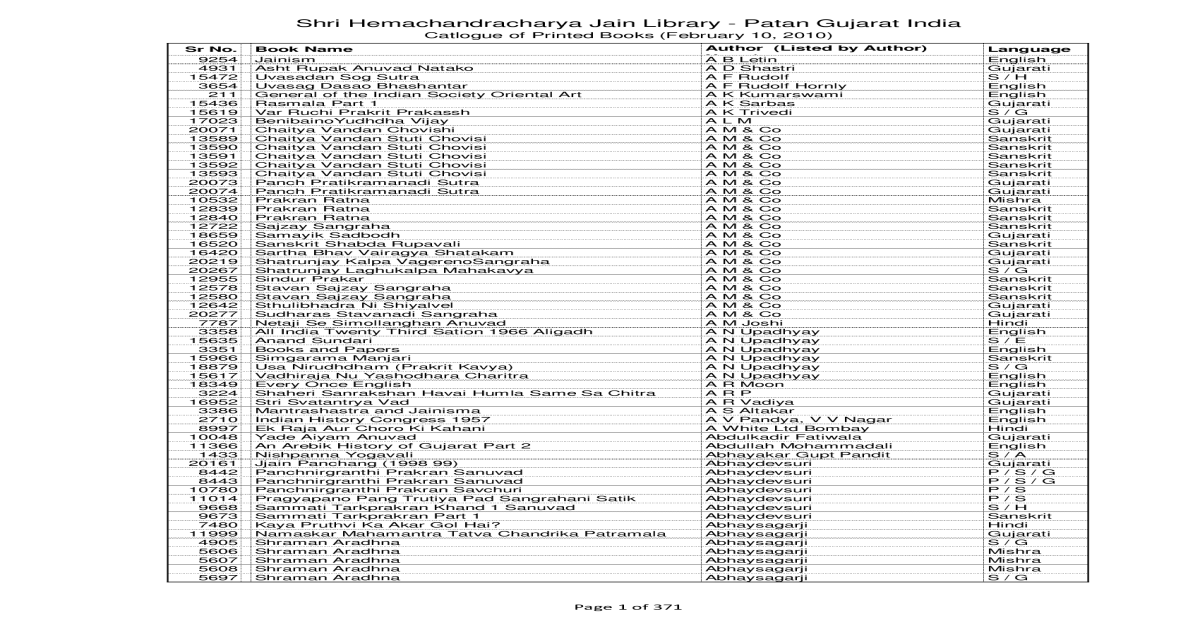

Non-attachment means dispassion towards the world. The mind runs to places it has been habituated to run to the past, without attachment we are freed from this point of view of an wandering mind. It is also the main topic of Mokṣopāya or Yoga-Vāsiṣṭha. The term vairāgya appears three times in the Bhagavad Gita (6.35, 13.8, 18.52) where it is recommended as a key means for bringing control to the restless mind.

The concept of Vairāgya is found in the Yoga Sūtras of Patañjali, where it, along with practice ( abhyāsa), is the key to restraint of the modifications of the mind (YS 1.12, "abhyāsa-vairāgyabhyāṁ tannirodhaḥ"). To remain completely engaged in the world yet uncoloured by the world is called vaerágya.Ī practitioner of vairagya is called a vairagi. Virága means "to go beyond colour" or "to be uncoloured". įurther etymological definition indicates the root rańj, referring to colour: Vi – rańj + ghaiṋ = virága. An ascetic who has subdued all passions and desires is called a vairāgika. This gives vairāgya a general meaning of "ascetic disinterest" in things that would cause attachment in most people. Vairāgya is an abstract noun derived from the word virāga (joining vi meaning "without" + rāga meaning "passion, feeling, emotion, interest").


 0 kommentar(er)
0 kommentar(er)
